How many of the meetings at your nonprofit have no agenda?
How many of these meetings take place in the same boring, windowless room?
How many times have you listened to your Executive Director recite statistics and metrics at you instead of engaging with you?
These are all examples of how not to run a meeting.
Sure, donor statistics and metrics are important but the thing is, you and your coworkers should have access to this information without attending a meeting. And, if that’s the case, why attend that meeting? Why waste your time sitting in a room, being told what you already know.
Your work is funded by the gifts of your generous donors, don’t you owe it to them to make the best use of your time?
It’s time to start thinking about meetings as a way to create change and promote new ideas rather than a way to disseminate information. After all, information goes out just fine over email.
Have a Clear Purpose for Each Meeting
Each meeting you hold or attend should have a clear purpose that ties back into the mission of your nonprofit. Only focus on topics that can’t be handled any other way.
Instead of setting a meeting agenda, which may artificially limit the scope of your conversation, focus on outcome goals. What is the one thing you want to accomplish during this meeting and how does it benefit your nonprofit? Thinking of meetings in these terms will naturally broaden the scope of what you feel you can do to accomplish your goal.
Nonprofit meetings are for sharing information and planning donor engagement, not making decisions. Decisions can be made over email, but strategizing and problem solving, those tasks benefit from discussion and debate in a meeting setting.
Give Permission to Participate, or Not!
Meetings should be interactive. Everyone in attendance should feel welcome to participate in the conversation. The more discussion and debate that occurs around the topic of the meeting, the better your resolution will be.
Similarly, only the people who need to be at the meeting should be at the meeting. If you don’t require input from a particular department on the specific project or issue being discussed, that person doesn’t need to waste their time attending the meeting. They can catch the highlights later over email. If someone who needs to be there can’t physically be there, let them join virtually.
To shake off the meeting doldrums, hold your meetings somewhere other than the dingy, windowless meeting room. Go for a walk as a team, meet at a park, or grab coffee at a local cafe. Anything you can do to break up the monotony and change your perspective is sure to have a positive effect on meeting productivity.
Stop Wasting Time
Time is valuable. Start and end every meeting on time. This shows that you respect and value your coworkers’ time and your donors’ dollars. Similarly, don’t waste time bringing everyone up to speed at the start of the meeting. Send out any important information or necessary background before the meeting, early enough that everyone has time to go over it.
Think of meetings in terms of dollars per hour. Sure, a meeting only takes up one hour of your day, but if you have twenty people in attendance and each of those people makes $100/hour, the meeting is costing your donors $2000.
Here’s the thing about meetings: There are no meeting police. You don’t have to hold a meeting just because that’s what’s always been done. If there’s no reason to hold a meeting, don’t hold one! And for goodness’ sake, stop holding meetings that could be emails.

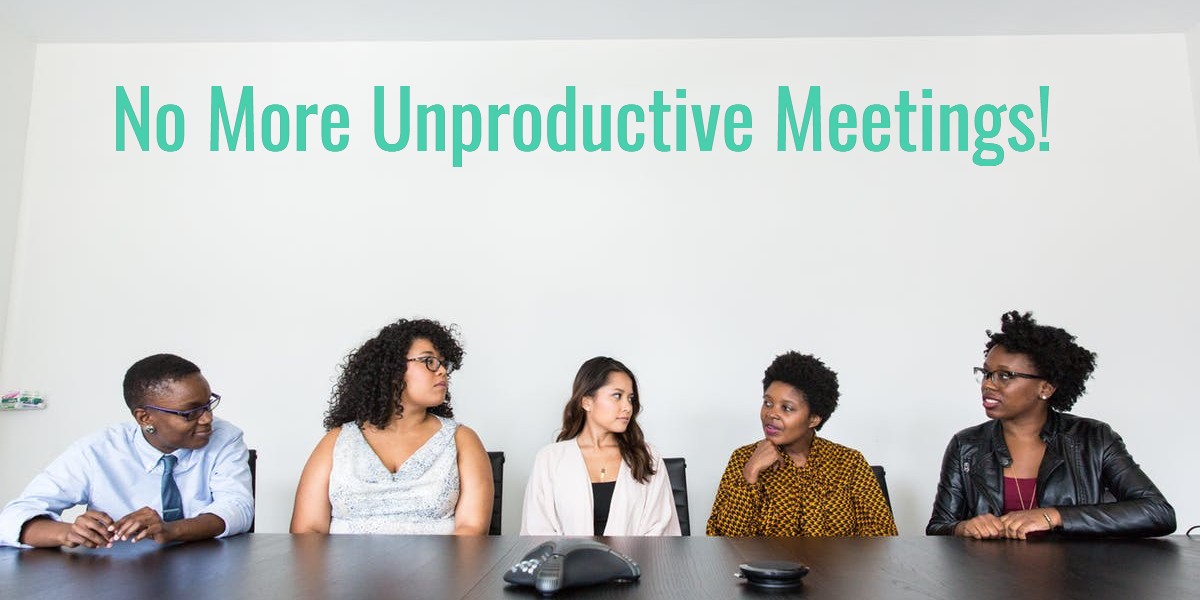
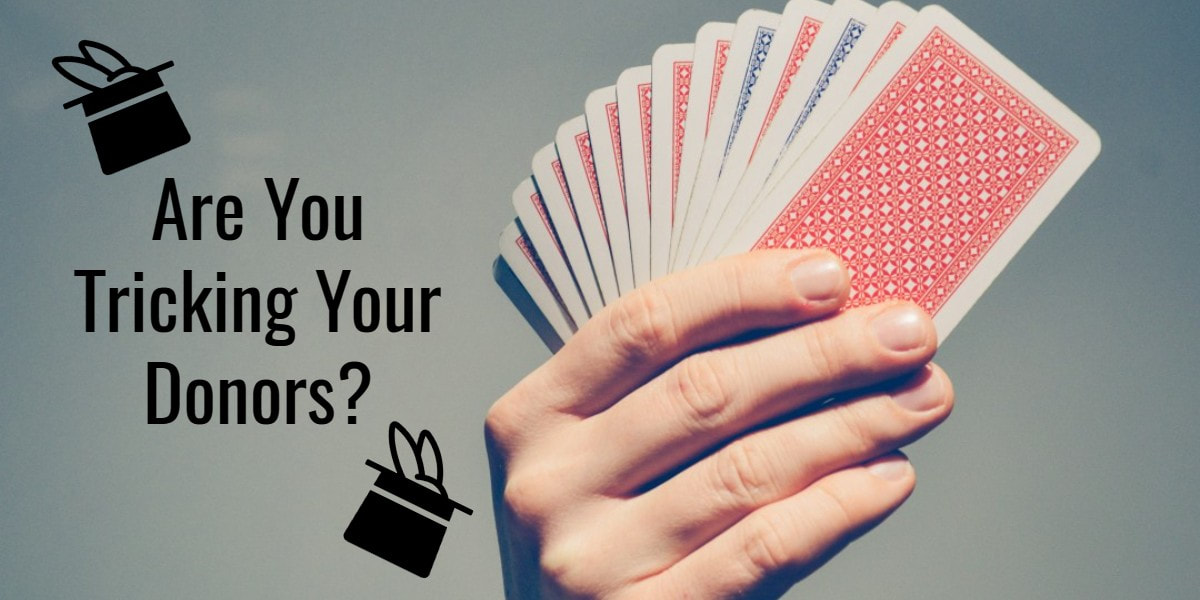

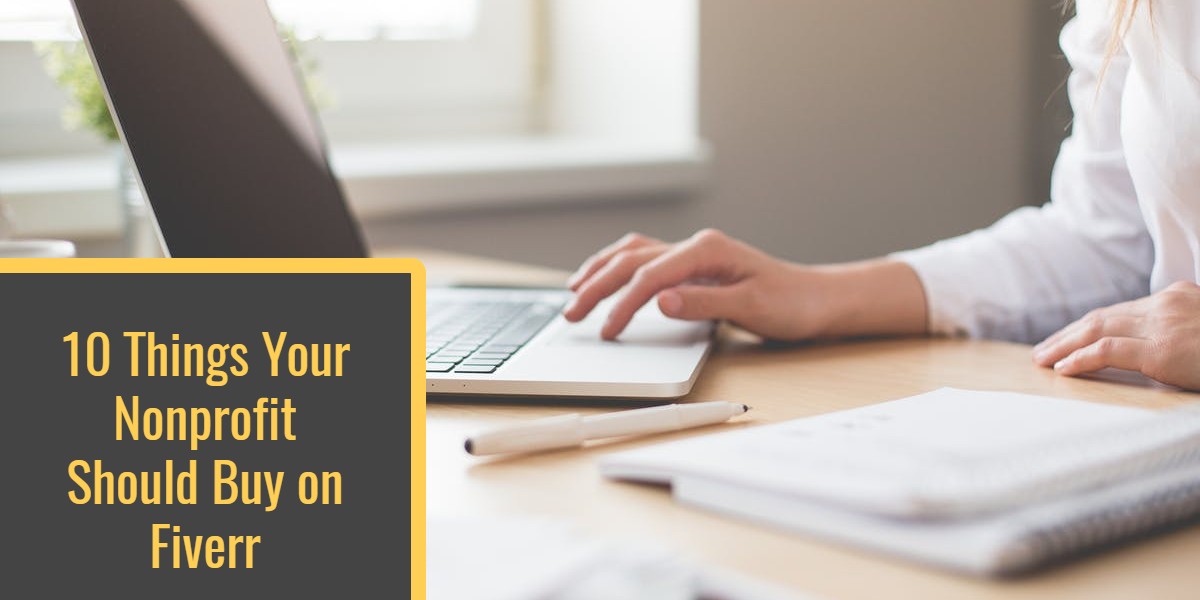

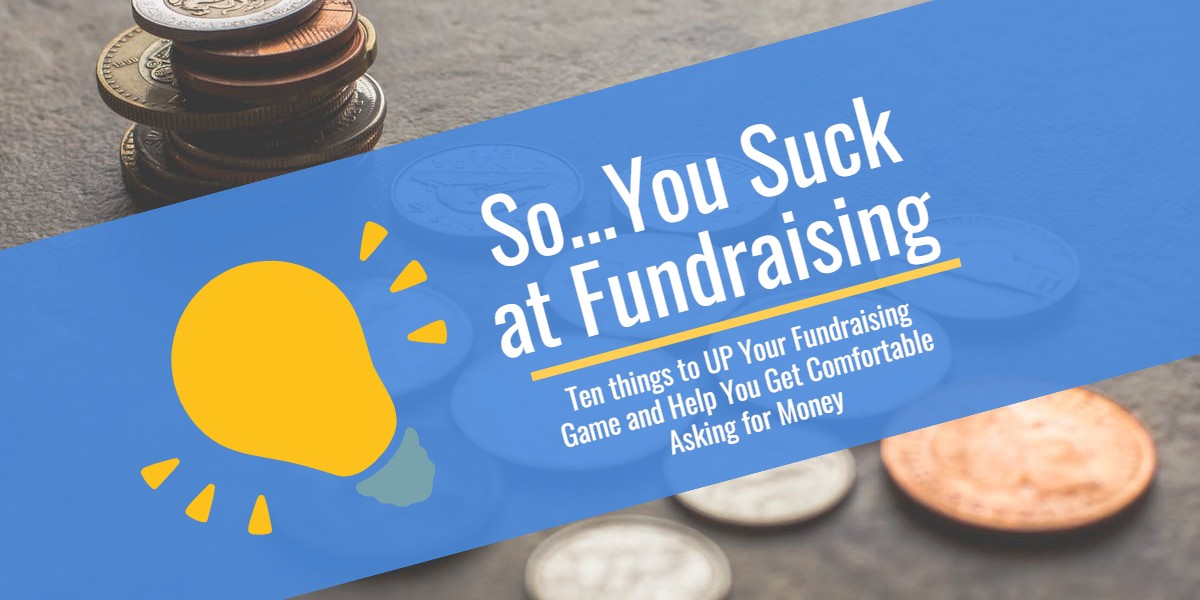


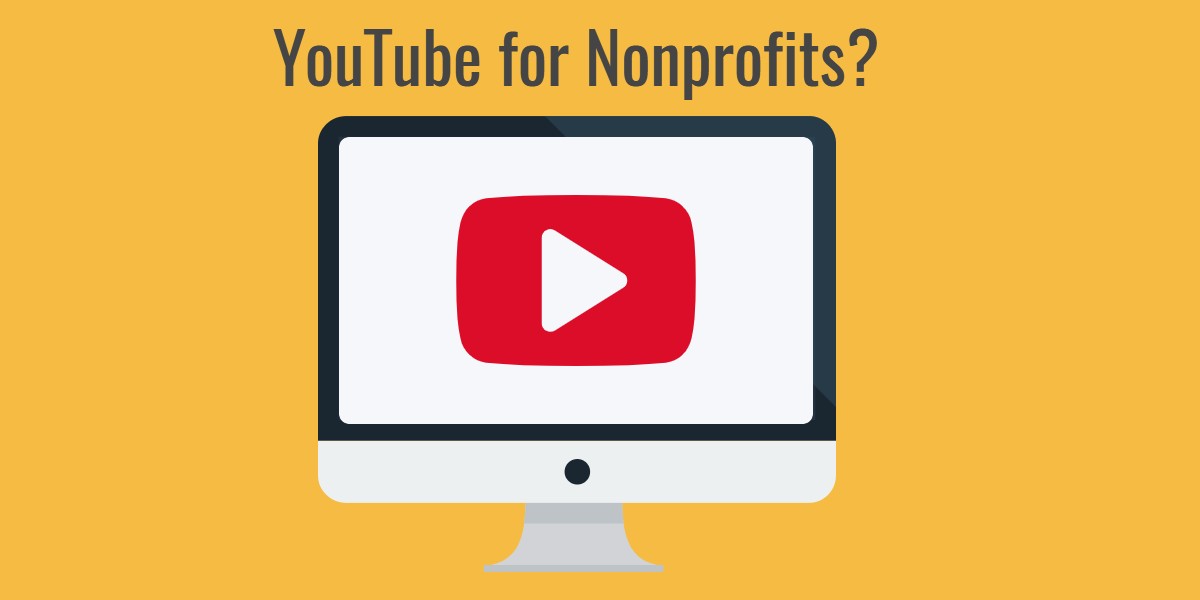
 RSS Feed
RSS Feed